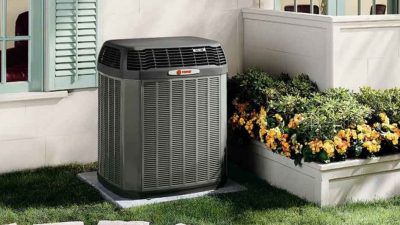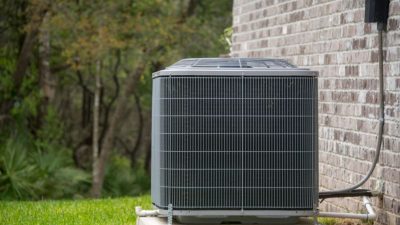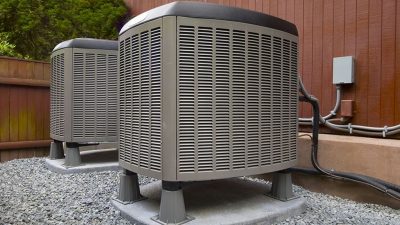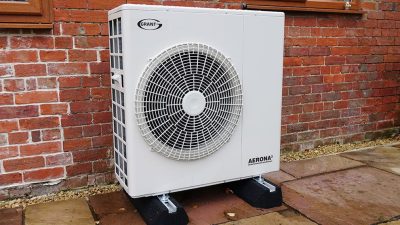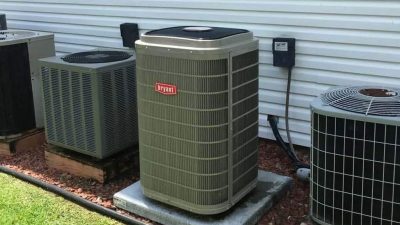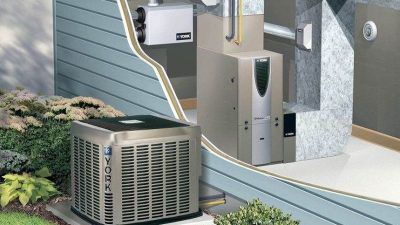Are you looking to learn how Scandinavians heat their homes? Then you’ve come to the right place! Whether you’re inspired by their eco-friendly methods, or merely curious about the same, this article will give you all the answers.
We’ll break down how different countries in Scandinavia stay warm during the cold winter months. We’ll look at the technologies they use and why they opt for these solutions over traditional methods. Finally, we’ll discuss some of the ways you can apply these strategies in your own home.
By exploring Scandinavian heating habits, we can gain a valuable insight into how we can reduce our own energy consumption and make our homes more efficient. So let’s get started!
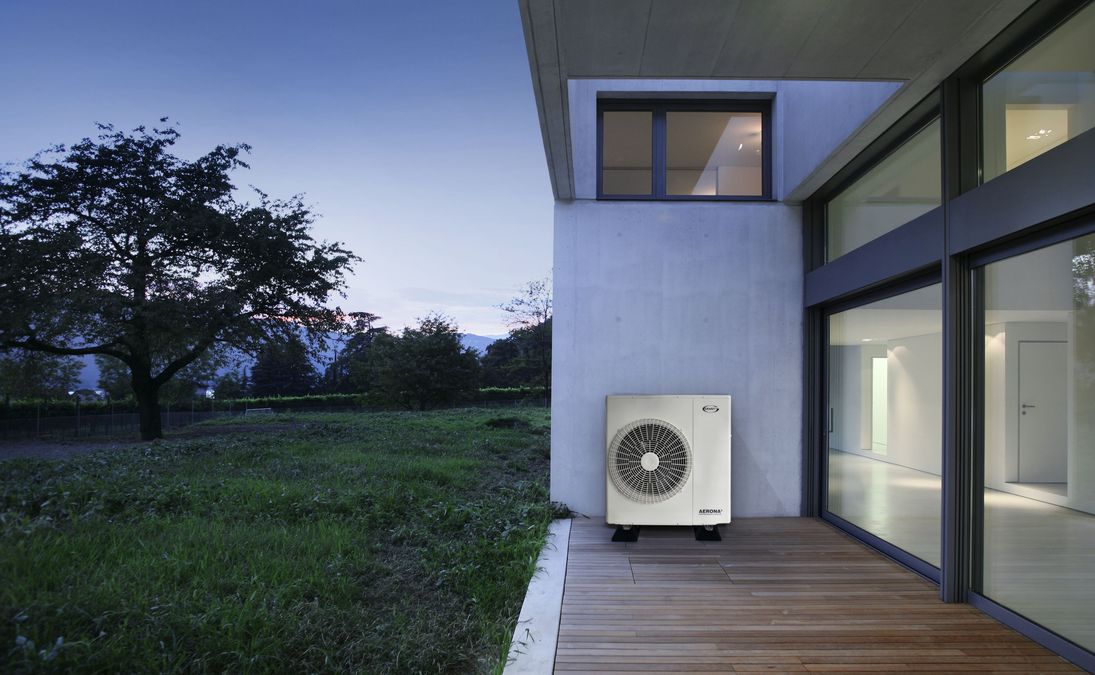
Scandinavia has a unique climate and culture, so its home heating methods differ from other parts of the world. Scandinavian homes are typically heated with a combination of energy sources, such as electricity and biomass. Though the climate varies between countries, the majority of Scandinavian homes rely on electricity for home heating. Electricity is typically generated from renewable resources such as geothermal, solar, and wind power.
Biomass is another major source of energy for Scandinavian home heating. This includes wood chips, wood pellets, and logs burned in fireplaces or stoves to generate heat for living spaces. Burning biomass releases carbon dioxide into the atmosphere; however, it can be more environmentally friendly than burning fossil fuels if properly managed and sourced sustainably. Additionally, some countries have implemented incentives or subsidies to encourage residents to switch to renewable energy sources such as biomass.
The use of electricity and biomass in Scandinavia’s home heating systems helps reduce their climate impact while also keeping families warm during cold winter months. The region’s commitment to using renewable energies demonstrates how much they value sustainability and care about preserving the environment for future generations.
Energy Sources Used In Home Heating
Scandinavian countries use a variety of energy sources to heat their homes. Geothermal heating is one of the most popular methods used in the region. This method utilizes energy from within the Earth’s crust to heat water for domestic use. It’s relatively inexpensive and can reduce carbon emissions when compared to traditional fuels, such as oil and gas.
Biomass heating is another popular form of home heating in Scandinavia. This type of heating involves burning wood or plant-based materials, such as wood pellets or logs, to generate heat. Burning biomass produces fewer greenhouse gases than burning fossil fuels and can be more cost-effective per unit of energy produced than other forms of heating.
Solar heating is also gaining popularity in the region, with many homeowners now using solar panels to generate hot water for domestic use. Solar panels can be mounted on roofs or walls and can provide an efficient way to reduce carbon emissions while keeping homes warm and cosy during the winter months.
Ground source heat pumps are also being increasingly used in Scandinavian homes, as they take advantage of the natural warmth stored underground or in bodies of water nearby. Air source heat pumps extract warm air from outside and transfer it into a building, offering an efficient way to keep homes heated without relying on fossil fuels or biomass.
In summary, Scandanavians are using a variety of sources to heat their homes that offer both efficiency and sustainability benefits over traditional methods of home heating. By making use of these renewable energy sources, Scandanavians are reducing their carbon footprint while ensuring that their homes remain comfortable year-round.
Popular Heating Systems
Scandinavians are no strangers to cold winters, so it’s important that their homes remain warm and cozy. One of the most popular heating systems in Scandinavia is geothermal heating. This system takes advantage of the heat stored in the ground, allowing homeowners to tap into a free source of energy. Heat pump systems are also popular as they transfer heat from one area to another, making them ideal for those who need to heat both their home and domestic hot water supply.
For those looking for a more traditional heating option, pellet stoves or wood burning stoves can be installed in many Scandinavian homes. The wood burning stoves emit a comforting crackle while providing efficient heat, while pellet stoves provide an even longer lasting and cleaner burn. Radiant floor heat is another popular option that warms up the entire room by running hot water through pipes beneath the flooring.
No matter what type of heating system you choose for your home, it must be properly maintained and serviced on a regular basis to ensure optimal performance and energy efficiency. With proper installation and maintenance, these systems will keep your home warm throughout those cold winter months!
Environmental Impact Of Home Heating
The environmental impact of home heating is a critical issue in Scandinavia. With the majority of homes relying on oil, wood, and electric heat, the carbon footprint from Scandinavia’s heating systems is massive. As a result, citizens are increasingly turning to renewable sources of energy for their homes.
Solar power has become an increasingly popular choice for Scandanavian homeowners. Not only does it provide clean energy that does not emit harmful pollutants into the atmosphere, it also provides a significant cost savings over traditional fossil fuels. Additionally, solar panels can be installed on rooftops or other areas where there is direct sunlight exposure, so they do not have to take up valuable outdoor space. Wind turbines are another option that many Scandanavians are exploring to make their homes more sustainable. By harnessing wind power, they can generate electricity while reducing their reliance on traditional sources of energy.
Scandanavians are also investing in better insulation and airtight windows to improve their homes’ efficiency and reduce the need for additional heating fuel. This helps minimize the amount of energy used for home heating and reduces emissions from burning fossil fuels. Additionally, many cities throughout Scandinavia are now offering incentives for households that invest in energy-efficient technologies such as smart thermostats or solar panels. Through these initiatives, Scandanavians can reduce their carbon footprint while taking steps towards a greener future for all citizens.
Heating bills in Scandinavian countries can be quite high, and it pays to know what you’re getting into before investing in a home heating system. The cost of home heating is largely determined by the type of heating system used, as well as the cost efficiency of the energy bills. In general, electric heaters are more expensive than gas or oil-powered ones. However, they may be more efficient when it comes to energy costs. Additionally, some areas may have access to cheap geothermal energy which can help reduce heating costs significantly.
When shopping for a home heating system, one should also consider how much they are willing to spend on maintenance and repair costs. Many systems come with warranties that cover parts and labor for a certain period of time but it’s important to check these details before making a purchase. Also, some systems require additional insulation or weatherproofing to ensure optimal efficiency and reduce overall costs. Taking these factors into account can help make sure that your investment in a home heating system pays off in the long run.
Alternatives To Traditional Home Heating
Scandinavians are leading the way in terms of heating their homes with alternatives to traditional methods. Heat pumps, geothermal heat, solar heating, biomass boilers, and air source heat are all being utilized to help reduce emissions while still providing warmth. Heat pumps are an efficient method of transferring heat from one place to another. Geothermal heat is used by tapping into the Earth’s natural thermal energy. Solar heating systems use the sun’s radiation to generate electricity and warm water for buildings. Biomass boilers are devices that convert organic matter into usable energy in the form of heat. Finally, air source heat pumps absorb ambient air temperatures and convert it into usable heat for a home or business.
These alternative methods of home heating can go a long way toward reducing emissions from traditional sources like oil and gas furnaces. Plus, they often require less energy overall than other alternatives such as electric baseboard heating or space heaters. This means fewer resources needed to keep a home warm and comfortable while also helping the environment in the process. In addition, these alternative solutions generally require less maintenance over time when compared with traditional options – meaning less money spent on repairs or replacements in the long run.
Conclusion
In conclusion, Scandinavians use a variety of energy sources to heat their homes. This includes both traditional sources, such as wood and oil, and more modern alternatives like geothermal and solar power. Although these systems are efficient and cost effective, they do have an environmental impact. Therefore, alternatives such as passive solar heating and heat pumps are becoming increasingly popular in the region. Ultimately, home heating in Scandinavia is a balance between efficiency, cost effectiveness and environmental responsibility. With so many options available, homeowners can choose a system that meets their needs while considering the overall impact on the environment. We should all strive to make our homes as comfortable as possible while doing our part to reduce emissions and protect the planet for future generations.

